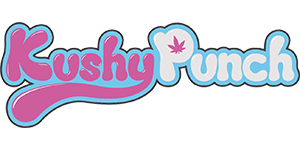
So, you’re at Mankind and you’re looking through the 50+ plus strains of marijuana the dispensary has on the flower wall. You end up with a bag of Sonoma Pacific’s Alien Rock Candy in your hands, and find it has a “Total Active Cannabinoids” of 21.04%. What does this number actually mean? What does “active” mean in this case? As consumers we are often looking for high THC percentage, yet THC makes up only a portion of the percentage of total cannabinoids. What else makes up a plant’s Total Active Cannabinoids, and why is this number important?
As mentioned in one of our previous blog posts, Rob’s “Cannabinoid Reference Guide and Breakdown”, cannabinoids are the main chemical component that gives cannabis its effects. There are over 85 cannabinoids documented by science. Some of the most common ones are THC (delta9-THC), CBD, CBN, CBG, and THCV. Each strain has what we call a Cannabinoid Profile, or the amount of each cannabinoid present in that specific strain. This profile is typically what testing results are referring to when listing a strain’s percentage of Total Active Cannabinoids.
What are “active” cannabinoids?
Companies like Sonoma Pacific, who cultivate cannabis flower, list “Total Active Cannabinoids,” along with levels of delta9-THC and CBD. However, listing delta9-THC on flower can be confusing. Total Active Cannabinoids on most Sonoma strains range from 15%-32%, yet delta9-THC is often listed around 0.3%-5%. If levels of THC dominate most cannabinoid profiles, why is the delta9-THC so low?

To answer this, we must address the descriptive words used in test results; more specifically, what the term “Active” means in the context of cannabinoids. Cannabis does not produce delta-9-THC, but its precursor THCa (Tetrahydrocannabinolic-acid). THCa becomes “active” after going through the process of decarboxylation, where heat energy is applied to the THCa (usually during the smoking or vaporizing method of consumption). Here the acidic portion of the non-psychoactive THCa is removed. The THC can now be processed by the body to create the euphoric, pain-relieving and calming experience we all know and love. Other cannabinoids with acidic properties are also activated in the decarboxylation process.
However, referring to decarboxylation as activation should not cause you to think a cannabinoid’s acidic form is useless. Cannabinoids in this form are able to be processed by the body, and produce beneficial medical effects. Yet they do not create the psychoactive and more powerful effect most users are looking for from their cannabis. Common terminology has simply referred to THC as the popular and readily desired chemical. This is why a more accurate labeling of THC in a finished flower will be Total Potential Cannabinoids and will isolate the detected amounts of THCa combined with THC.

What else is in a cannabinoid profile?
When listing isolated cannabinoids most companies will only provide potential THC and CBD percentages in the plant, as they are the most well-known and sought-after cannabinoids. Unless selectively bred otherwise, most cannabinoid profiles will be dominated by THC and low in CBD and other minor cannabinoids. Yet when you add up these other 85 phytocannabinoids potentially present in that strain, they can make up around 2%-15+%, of the total cannabinoid profile. Though small in comparison to the levels of potential THC (often around 10%-30+%), these others can have a major influence on the type of high and experience you get from consuming that specific strain.
These complex and infinitely unique effects are why it is important to individually list the levels of all potential cannabinoids in a specific strain. As conscious cannabis consumers searching through dispensaries in San Diego like Mankind, we hope the future brings more accurate testing and transparency. The listing of major and minor cannabinoid levels will help to better understand how the cannabis we are inhaling will affect us. Knowing what ratios of specific cannabinoids work best for your body can create a more consistent and fulfilling experience. It can also make shopping for the perfect strain at Mankind a bit easier.
About the author: Zac is a cannabis devotee and one of our lead cannabis consultants at Mankind Dispensary. He is San Diego county born and raised (Carlsbad) and has been a professional in the cannabis industry for 8 years. You can find him on instagram at zabadaba.sd .



























 Order from home, or on-the-go, it’s easy.
Order from home, or on-the-go, it’s easy.